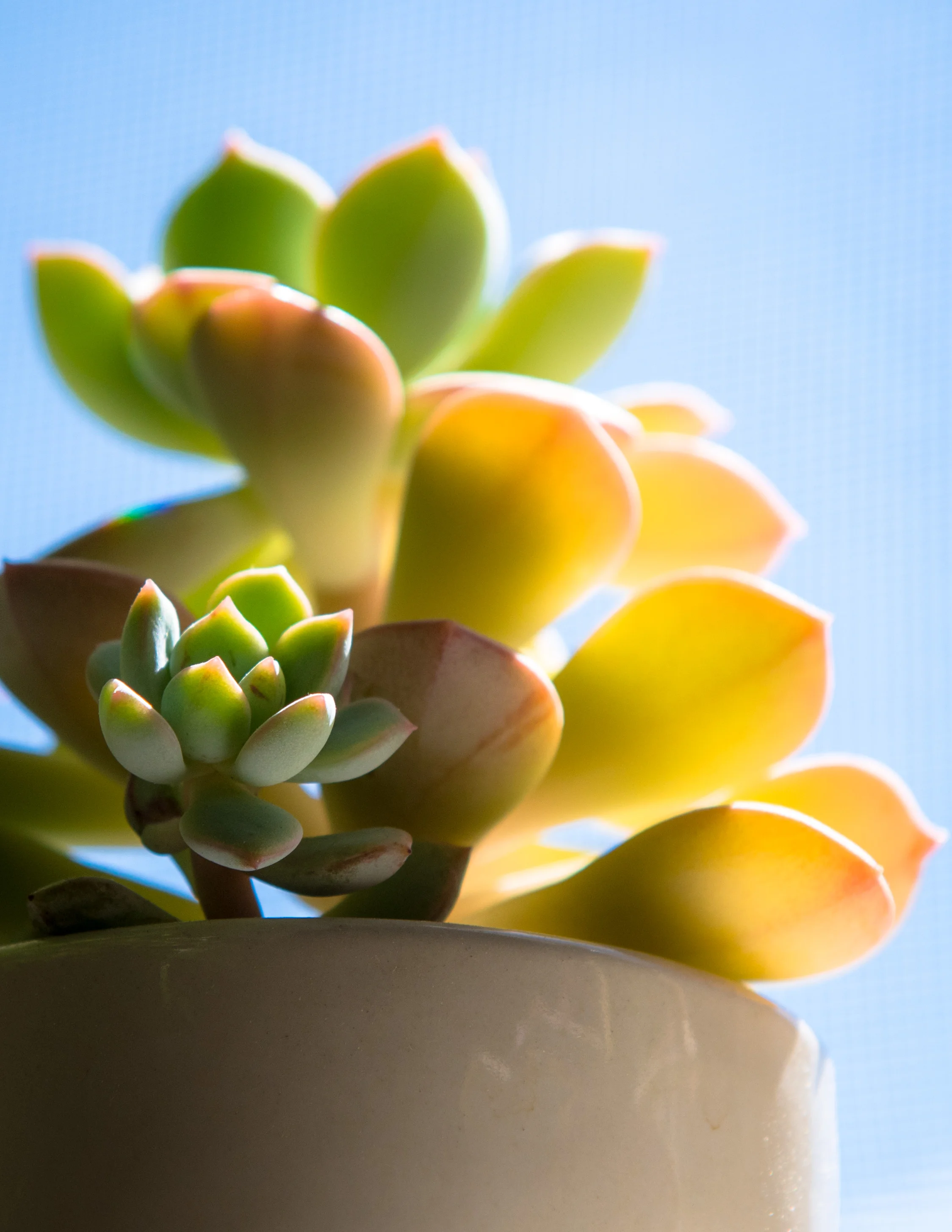For years now, I’ve wanted to write so many words, to YELL them into the cosmos actually, but yelling is unproductive and I haven’t known what to say without coming off as ranting, so I’ve kept the words inside of me instead. However, on the heels of having written my recent posts about my weariness with others’ commentary on my diet and realizing that I’d misread some dear friends… I decided it’s time to go ahead and get everything out in the open all at once and be done with it.
Let’s talk about bodies and weight, the inevitable companions to the foods we eat.
I’ll go first: I was a scrawny kid who was sometimes downright scraggly during growth-spurts - all long-limbed bones stretched over skin without any muscle. I stayed slim until college when I gained some weight because my meal plan for the dining hall was all-you-could-eat (which I naturally took to mean cookies!) After college I went on birth control and put on a little more weight. Then I got married, gained the majority of my weight and grew to my heaviest. (It wasn’t a particularly healthy time for me emotionally - I was adjusting to my first job out of college, beginning my marriage, setting up our first home, and placing all sorts of gendered pressure on myself about the wife I thought I needed to be).
From birth I’ve had a fraught relationship with my stomach. In high school I once joked: ‘I guess I’ll never know if I’m pregnant, because I’m dizzy and nauseous all the time anyway!’ (ba dum, ching!) No one was talking about food intolerance then - and I was often anxious anyway which created plenty of tummy trouble too - so it wasn’t until I was 27 that I started learning about the link between food and some of the symptoms I’d felt through my life. When I went off sugar and dairy I plummeted back to my original weight (before college-cookies, birth control, and marriage). This was as surprising to me as it was to everyone around me (some of whom were alarmed), but the rapid weight loss didn’t worry me because for the first time, I wasn’t dizzy, nauseous, or cramping anymore. That’s how I knew that I was on the right track.
In the years that followed I got to know my body more and learned to listen to it better. Through all of this I learned what my body’s natural fluctuations were. With the help of my bathroom scale I found a 10-pound range that felt right. I’ve always kept a scale around because it’s been a helpful way for me to be honest with myself about my mental health. Anytime I start to peak over the top end of my range, it’s time to take a good look at how much emotional eating I’ve been doing (eating has traditionally been my preferred maladaptive way to cope with stress). By tracking my weight I can sometimes head-off bigger problems before they show up (like pushing myself too far with my emotional eating and then having some sort of health flare-up).
Last summer when tension at work was so thick you could cut it with a knife and Benjamin and I were preparing for our departure from the city, my stress levels were at threat level midnight (bonus points to anyone who knows that reference! DM me if you do, I want to know who you are!). I ate and ate and ate and ate some more. Without hesitation I can assuredly say that it’s the most solidly sustained, overeating I’ve ever done in my life. Even as I felt how uncomfortable it made me (new unfamiliar symptoms began that I later wished I’d questioned earlier instead of adding to the ongoing destruction) I kept eating. The truth is, I was coping so poorly with all of my stress that even a rational check-in with my scale for it to say ‘hey girl! you’re getting to the top of your range. maybe it’d be a good time to check in and see what demons you’re trying to escape with all that junk food you’re eating!’ couldn’t have made a difference. I was so out of touch with any of my internal or external support systems by that point.
That’s the best place to start an honest introduction to you about food and bodies - with an overview of my changing body through the years, how I’ve learned to listen and adapt to its needs, and by confessing that I’ve traditionally used food to cope with challenging situations and emotions. But this is just the beginning and I have a lot more to share (and confess) in this arena.





















